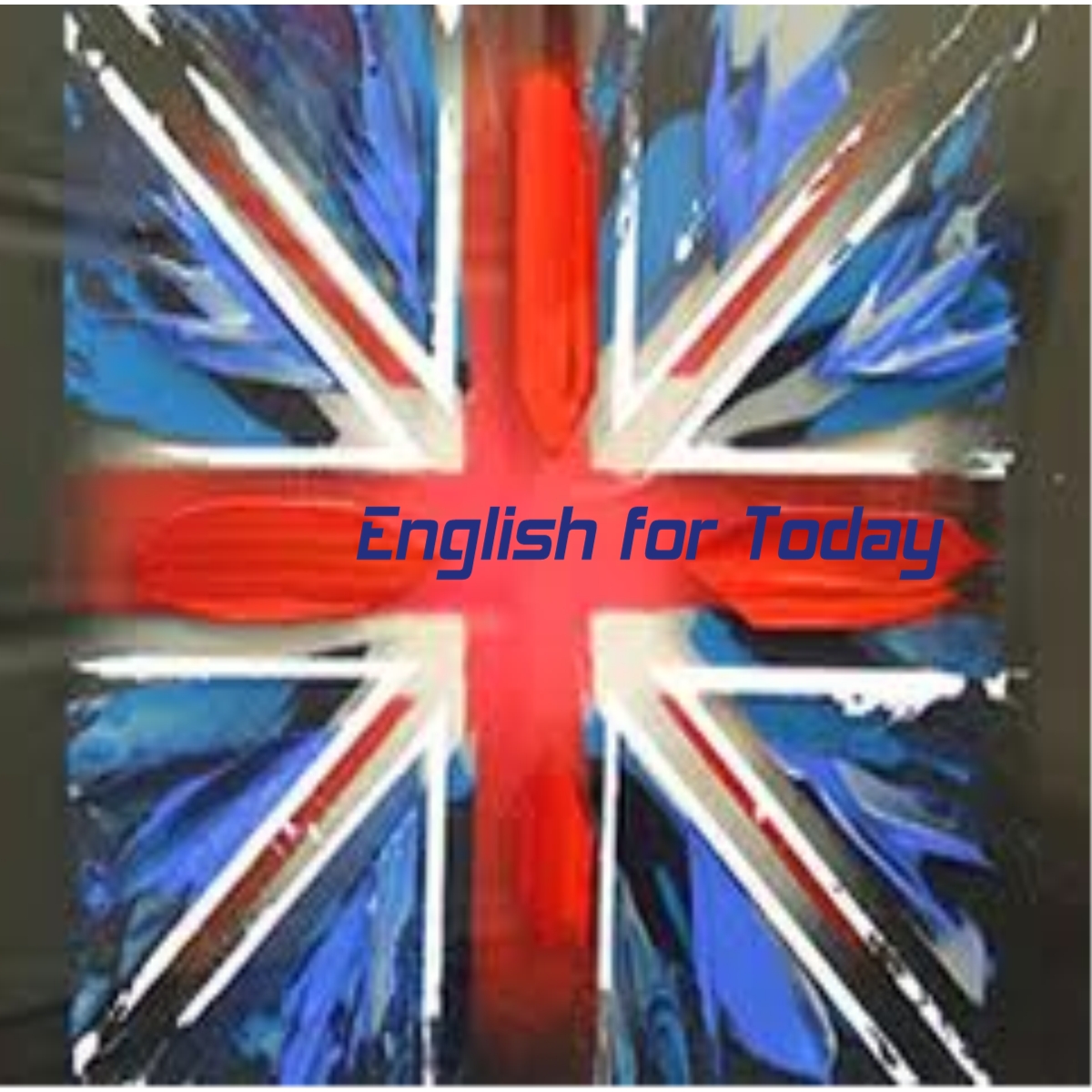Ex: I have a car. ('a car' is the object because it informs what 'I' (the subject) 'have' (verb).
Ex: Andrew loves her. ('her' is the object because it informs who 'Andrew' (subject) 'loves' (verb).
But before talking about the objects themselves, let's talk about transitivity. Transitivity happens when the action expressed by a verb 'transits' to an object making the sentence make sense.
When the subject performs an action expressed in a verb, this action can or cannot 'transit' to an object. If the verb needs an object to make the sentence make sense it is called transitive verb, but if the verb doesn't need an object to make the sentence make sense, it is called intransitive verb.
Ex: Sarah washes her hair. In this case 'washes' is a transitive verb because it needs the object 'her hair' to make the sentence make sense.
My father died six years ago. In this case 'died' in an intransitive verb because it does not need anything else to make the sentence make sense. If the sentence was 'My father died', it would make sense.
Therefore, transitive verbs need objects to compliment the sentence meaning. If you use a transitive verb without an object the sentence won't make any sense.
But how can a verb action transit to the object?
The action expressed by a verb can transit to the object in two ways: Directly (generating a direct object) and indirectly (generating an indirect object). So, in English we have two kinds of objects: The Direct Object and The Indirect Object.
Let's see them individually.
1. The object direct is the one whose action expressed by the verb transits directly to it. In other words, the direct object is 'what' the verb performed.
In the example: 'Sarah washes her hair', 'her hair' is a direct object because the action of washing transits directly to it. 'Her hair' is what Sarah 'washes'.
2. The indirect object, in English, always come in a sentence with a direct object and is the one whose action expressed by the verb transits indirectly to it. In other words the indirect object is 'who received' the action perfomed by the verb through the direct object and it can appear in the sentence in two ways. Confusing? Let me give an example of each case.
1. Andy bought some chocolate for Paula. In this example 'some chocolate' is the direct object because the action of buying transits directly to it.'Some chocolate' is 'what' Andy 'bought'. But, for Paula is the indirect object because the action of buying transits indirectly to her. 'Paula' is 'who receives' some chocolate', the chocolate Andy bought, that is, the action transits indirectly through the direct object (some chocolate) to the indirect object (for Paula). In this case the indirect object comes with a preposition (for)
2. Andy bought Paula some chocolate. In this case the indirect object comes just after the verb and it's the most common two-object construction in English. To discover which object is the direct you can ask 'what' the verb performed and to discover which is the indirect you can ask 'to whom' the action was performed.
For making indirect objects using prepositions we usually use to or for. Use to with the following verbs: bring, feed, give, hand, lend, offer, owe, pass, pay, post, promise, read, sell, send, show, take, teach, tell, throw, write and use for with the following verbs: book, bring, build, buy, choose, cook, fetch, find, get, leave, make, order, pick, reserve, save
Exercises:
1. Write the information in one sentence. Use the underlined part in the end of the sentence. Sometimes you'll need to use to.
a) Jack lent something to David. It was his watch.
b) Steve bought something to his girlfriend. It was a necklace.
c) Andrew ordered something to her daughter. It was some apple juice.
d) John helped someone. It was his aunt.
2. Decide if the sentence should be completed with to or for:
a) Book a flight ____ me, could you?
b) Don't show these papers ______ my boss, ok?
c) Write a letter _______ my customers.
d) Could you make some coffe ____ us?
The answers to the questions may be sent to:
e-mail: eng.4.today@gmail.com
Orkut: http://www.orkut.com.br/Main#Profile?uid=13978883568364259345
Facebook: http://www.facebook.com/home.php#!/pages/English-for-Today/177566135615065?
All the answers will commented by the teacher and sent back by email.
Please comment and give suggestion about the lessons and the blog.
This blog is a non commercial, non profit educational website.

English for Today by Nimlot Logan is licensed under a Creative Commons Attribution-NonCommercial-ShareAlike 3.0 Unported License.



